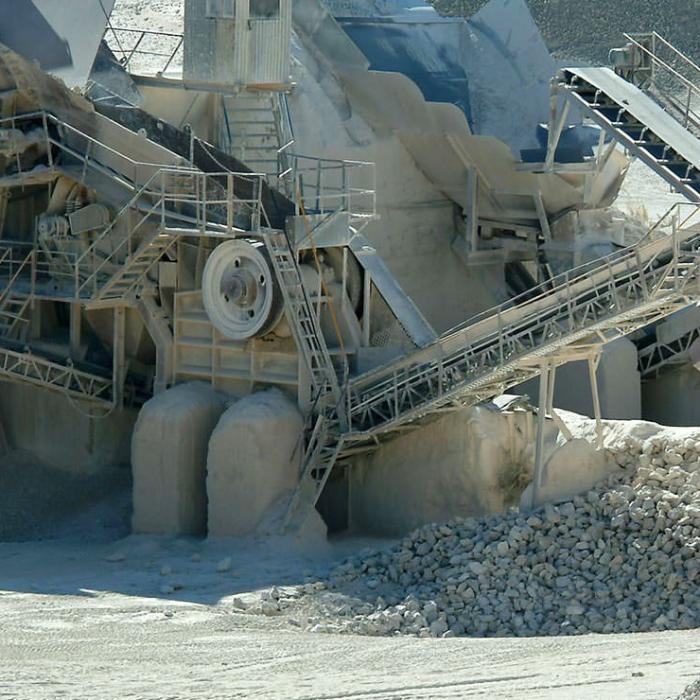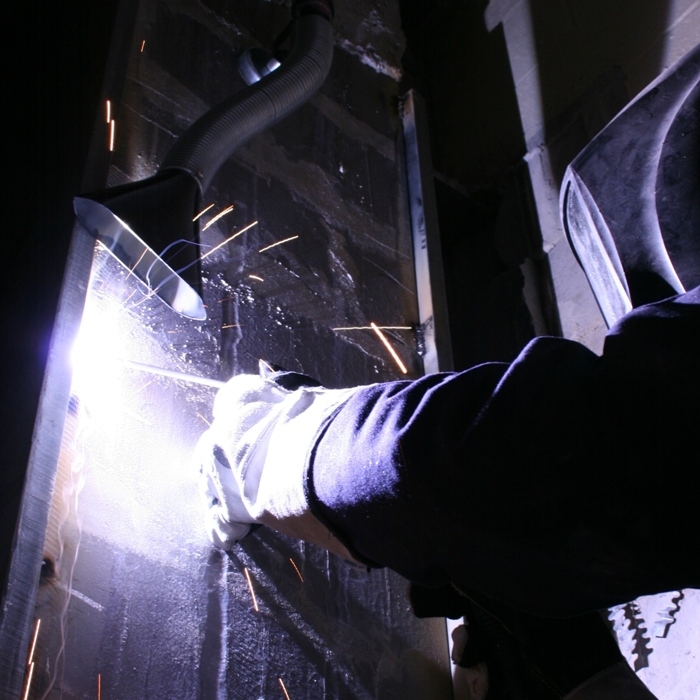Collection
Product Info
There are three Principle steps in every collection system, capture, convey, and collect.
First, the particles must be captured. This is accomplished with devices such as capture hoods to catch particle at its source of origin. Many times, the machine producing the particle will have a port to which a duct can be directly attached.
Second, the particle must be conveyed. This is done via a ducting system, properly sized and manifolded to maintain a consistent minimum air velocity required to keep the particle in suspension for conveyance to the collection device. A duct of the wrong size can lead to material settling in the duct system and clogging it.
Finally, the particle is collected. This is done via a variety of means, depending on the application and the particle being handled. It can be as simple as a basic pass-through filter, a cyclonic separator, or an impingement baffle. It can also be as complex as an electrostatic precipitator, a multistage baghouse, or a chemically treated wet scrubber or stripping tower.
First, the particles must be captured. This is accomplished with devices such as capture hoods to catch particle at its source of origin. Many times, the machine producing the particle will have a port to which a duct can be directly attached.
Second, the particle must be conveyed. This is done via a ducting system, properly sized and manifolded to maintain a consistent minimum air velocity required to keep the particle in suspension for conveyance to the collection device. A duct of the wrong size can lead to material settling in the duct system and clogging it.
Finally, the particle is collected. This is done via a variety of means, depending on the application and the particle being handled. It can be as simple as a basic pass-through filter, a cyclonic separator, or an impingement baffle. It can also be as complex as an electrostatic precipitator, a multistage baghouse, or a chemically treated wet scrubber or stripping tower.
Collection




